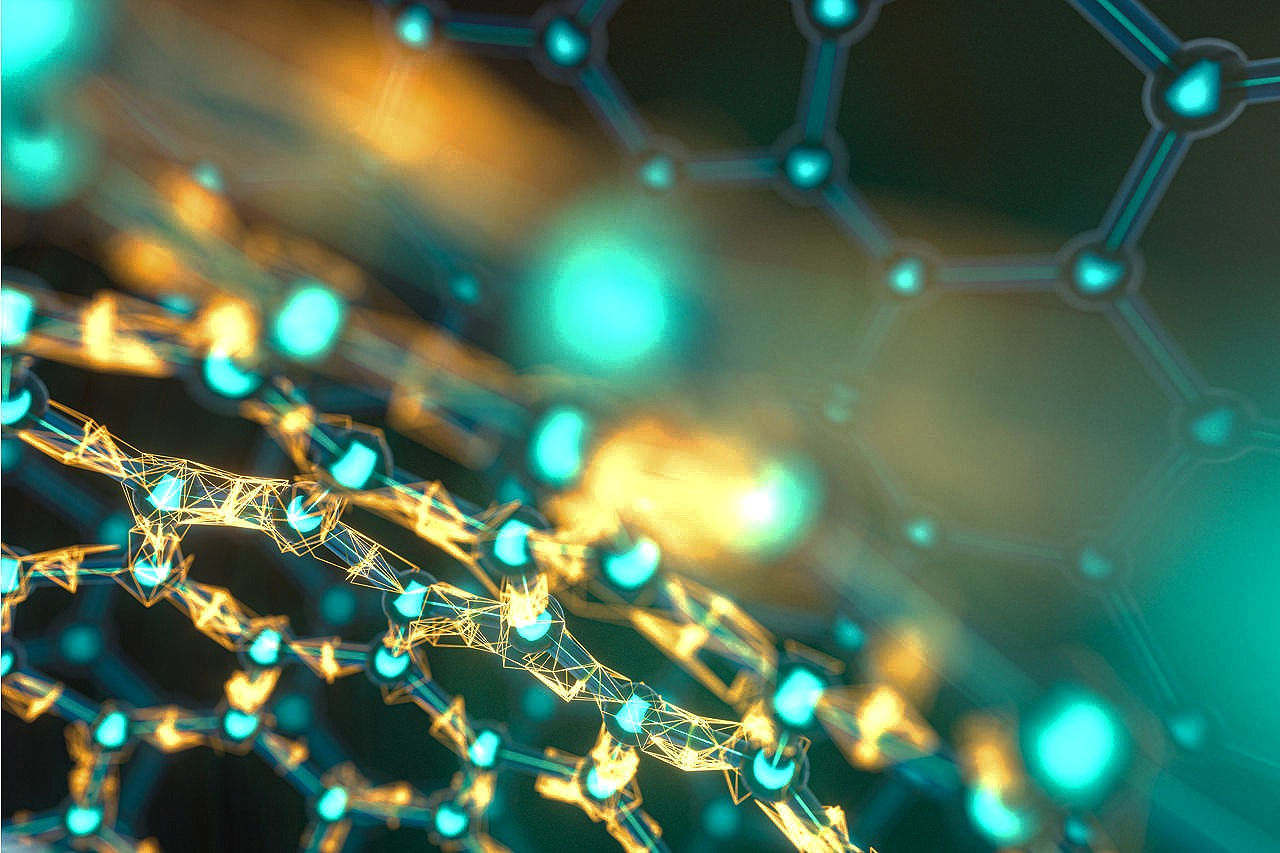
ONGOING RESEARCH IN SYNTHETIC BIOLOGY
Advances in Synthetic Biology
A burgeoning interdisciplinary field combining the best of both worlds-targeted genetic engineering and technology, synthetic biology has had a lot to celebrate in recent years. The best part about it is that the advances in this field keep happening at a steady rate thanks to the boundless effort the scientific community puts into it.
Since it is an amalgamation of so many different fields, advances in synthetic biology directly also contribute to the associated disciplines, leading to an ever-expanding dictionary of techniques to artificially tweak cells and obtain a variety of different yields. In this section, we will primarily focus on the advances of SynBio in two important fields- developmental biology and therapeutics.
1. Morphogenesis- Top Down and Bottom-Up Approaches
Synthetic biology continues to provide major solutions for developmental research. The Top Down approach serves as the more reductionist method to analyse and understand the workings of a biological system and its function in development of an organism, while acting hand in hand with the Bottom-Up approach, which helps recreate the biological system from the most basic units-the units being synthetic genetic circuits, a complex assembly of various cells that act together and facilitate one another, mimicking a real biological organism.
Employing a combination of morphogens (agents that trigger differentiation and development during embryonic stages) like DPP and GFP in combination with stem cells (either embryonic or induced) has helped understand morphogenesis in Drosophila melanogaster in vitro. It has also helped in formation of toy models and organoids to replicate a macro-level process at an observable micro-level. This paves way to answering a small fraction of the million questions that arise when we think about the amazing complexity of embryonic development.
2. Therapeutics
Designer Phages are modified bacteriophages used to combat different bacteria. In order to combat antibiotic resistance in bacteria, bacteriophages are designed in a way that helps deliver the ‘payload’ gene into the bacteria, which eventually kills them off by overriding their inbuilt defense mechanisms.
This is either done using homologous recombination where recombination frequencies are increased within cells or by introducing changes in the synthetic DNA pieces in vivo or in vitro using various assembly techniques. These functional ‘designer’ phages are later employed in destroying the virulence causing DNA, eventually leading to the causative organism also dying.
Synthetic biology is an immensely helpful tool that helps us ‘mix and match’ DNA fragments using available technology and make a biological system do what it did not do previously. As availability of genomic tools increases daily, the advances do too. Simply put, it helps us create ‘a macro system in a micro environment’.